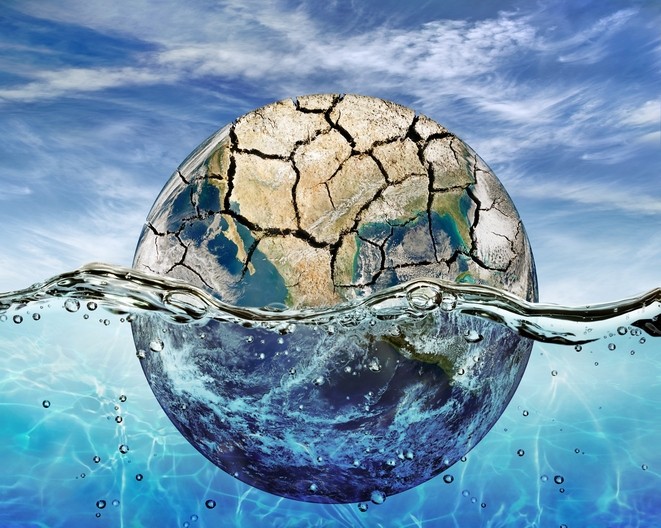August 10, 2024
 Home
Home
In the heart of South Asia lies a nation where rivers once roared with promise. Today, those same rivers whisper despair. Pakistan, a country historically blessed with one of the world’s most extensive irrigation systems, now teeters on the edge of a full-blown water crisis. According to the IMF, Pakistan ranks third among countries facing acute water scarcity—an alarming position for a nation where agriculture forms the backbone of the economy.
The signs are everywhere. In rural Sindh, children trek miles each morning to fetch murky water from shrinking ponds. In the dry outskirts of Balochistan, entire communities have migrated, not due to war, but because wells have turned into dust. Meanwhile, in Punjab’s breadbasket, farmers lament shorter growing seasons and salinity-choked lands.
The Indus River, lifeline to over 220 million people, has become a shadow of its former self. Glaciers feeding it are retreating due to rising temperatures, while upstream construction in neighboring countries raises concerns over reduced flow. Domestically, outdated canal infrastructure, unregulated groundwater extraction, and poor water governance exacerbate the problem.
Adding to the tragedy, water wastage is rampant. The average Pakistani uses 5–6 times more water than the global standard, with no awareness of conservation. Industrial pollutants, sewage discharge, and agricultural runoff further poison what little clean water is available.
The human cost is staggering. UNICEF reports that 70% of households in Pakistan drink bacterially contaminated water, contributing to diarrheal diseases that kill over 50,000 children annually. In urban slums and IDP camps, waterborne outbreaks are routine.
Ironically, climate change and mismanagement share equal blame. Pakistan receives erratic monsoon rains—either too much, too fast, or none at all. Floods alternate with droughts, leaving planners scrambling for short-term fixes rather than long-term resilience.
In response, the government has introduced plans like the National Water Policy and the construction of the Diamer-Bhasha Dam, but experts argue implementation remains sluggish. Community-based rainwater harvesting, drip irrigation, wastewater recycling, and behavioral change campaigns are either underfunded or absent.
“This is not just a water crisis,” warns Dr. Asma Farooq, a hydrologist based in Islamabad. “It’s a crisis of survival, of security, and of justice. Women walk farther. Poor drink dirtier. Children die younger.”
And yet, despite the gloom, there is hope. Youth-led initiatives in cities like Lahore and Karachi are spreading awareness. NGOs are piloting smart filtration systems in underserved villages. Startups are introducing mobile apps for water tracking and equitable sharing.
Still, time is running out.
If the current trajectory holds, Pakistan could face absolute water scarcity by 2025—an unimaginable future already becoming a harsh reality.



August 10, 2024
August 10, 2024


August 10, 2024
August 10, 2024

‘2’ Comments
Michael jordan
22 August, 2024Interactively visualize top-line internal or "organic" sources rather than top-line niche mark unleash 24/7 opportunities after high standards in process improvements. Uniquely deploy methodologies with reliable information.
Johon Alex
22 August, 2024Interactively visualize top-line internal or "organic" sources rather than top-line niche mark unleash 24/7 opportunities after high standards in process.
Leave A Comments